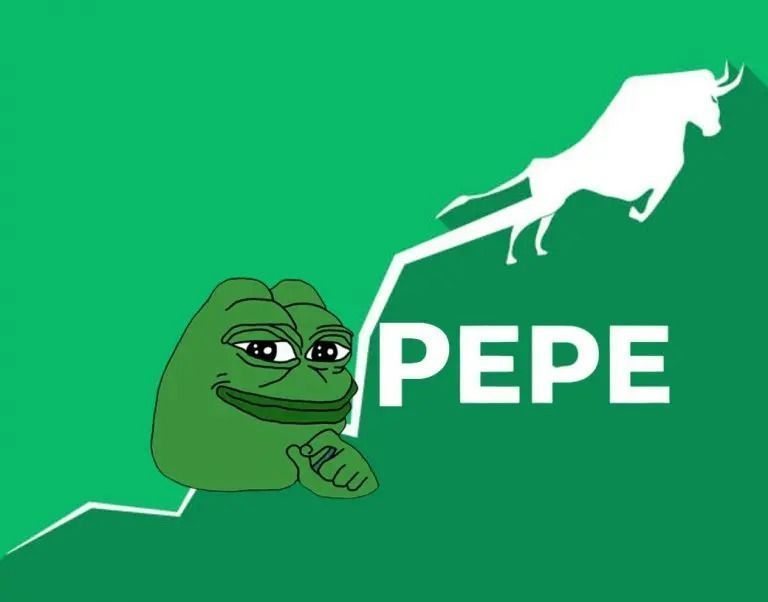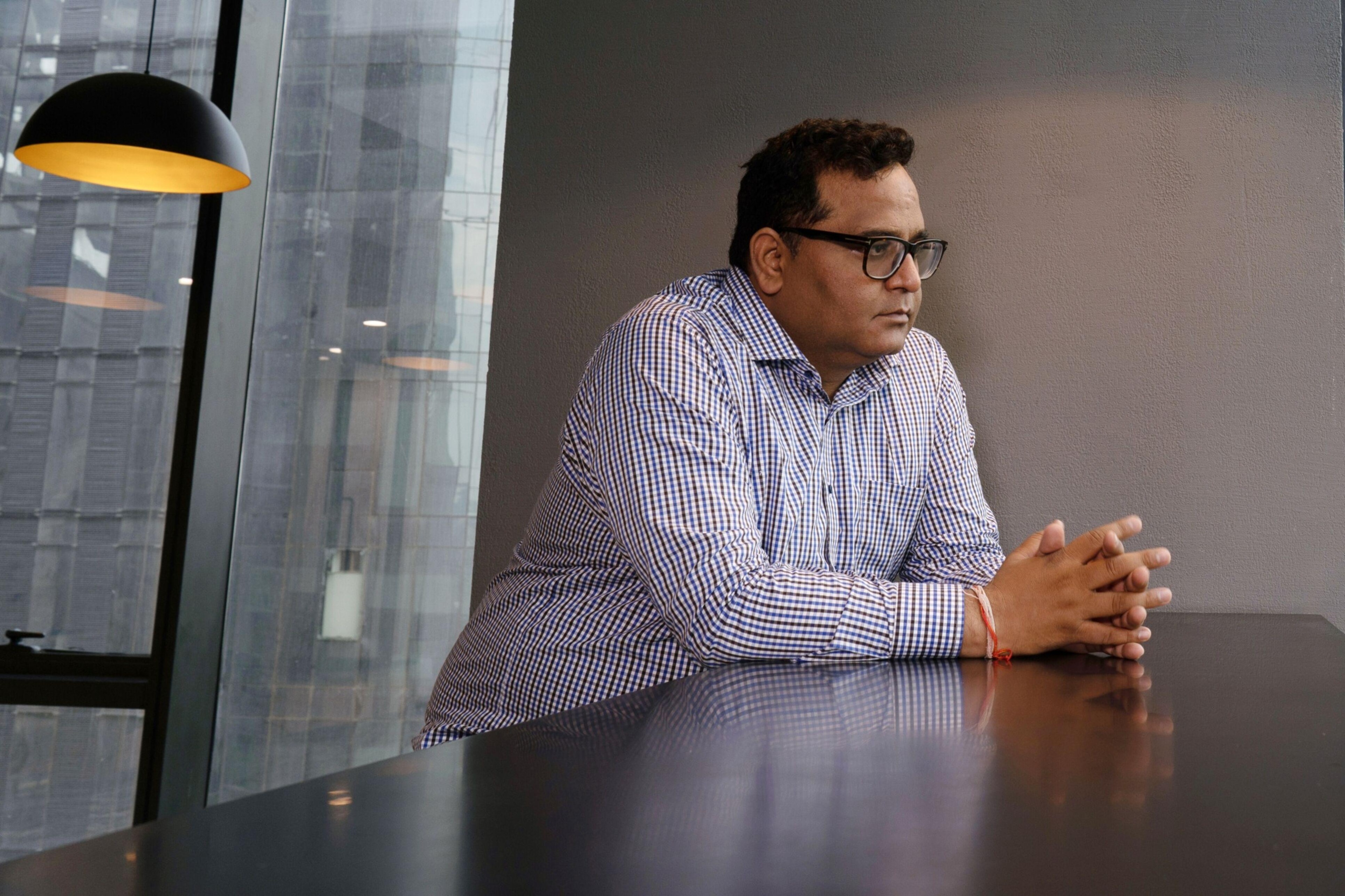
Foreign investors are looking to buy India on any meaningful correction, but are not willing to chase most stocks at current valuations, said Pratik Gupta, CEO & Co-Head, Kotak Institutional Equities.
In January 2024, Indian benchmark equity indices snapped a two-month gaining streak. The mid-cap. and small-cap indices continued their winning streak and were up 5% and 7% respectively. FII posted the highest outflows since February 2023 at $3.1 billion. This was offset by $3.4 billion of DII investment. Equity mutual funds witnessed a 28 per cent surge in inflows, to touch Rs 21,780 crore in January. This marks the 35th consecutive month of positive inflows into equity funds, starting from March 2021.
Kotak Institutional Equities expects the market to remain largely range-bound this year. The brokerage believes the market is expensive trading at 20.5x March 2025 P/E, which is significantly higher than historical averages and higher than most other emerging markets. This is especially high considering a likely slower earnings CAGR of 11% in FY25 and FY26 (vs 19% in FY24).
“Hence, we don’t expect a meaningful upside to the market in the short term. Conversely, the downside is protected by India’s strong medium-term growth prospects which should keep valuations elevated, and a likely lower interest rate environment in 2HFY2025,” said the brokerage.
The key downside risks are a sharper-than-expected global slowdown, any geopolitical event that impacts oil/commodity prices and/or global risk appetite, or a bad monsoon which can further delay a weak rural recovery. Key upside risks can emanate from a sharper-than-expected US Fed rate cut cycle, strong economic reforms after the elections, and a quicker- than-expected private capex upcycle.
The brokerage is bullish on large banks, life insurance companies, residential real estate, and the hospital sectors. It is cautious on many of the consumer staples and discretionary stocks in general.
Interestingly, foreign interest in India is not necessarily coming at the expense of China. “A few were getting strong inflows from Japan where the sharp currency depreciation has helped exaggerate returns from India. However, many global investors expressed hopes that a likely US Fed rate cycle later this year would trigger more inflows into emerging market funds or even India-dedicated funds, and most were expecting China to remain range-bound this year. At the start of every,” said Gupta.
At the start of every year in 2022, 2023 and 2024, CIOs were very bullish on EMs, but China’s decline impacted overall emerging market (EM) outperformance.
“Global investors highlighted that EM-ex China did better than most global indices in 2023, and if China stays just flat this year, it could result in a much better overall EM performance this year, which could result in more EM inflows next year,” said Gupta.
Gupta believes the one big change from foreign investors this time around is that they’re not looking just at the large caps or just at the banks/IT/consumer sectors, which used to be the broad trend for the last few years. This time around there is a lot of interest in mid-caps as well.
Domestic investors are uncomfortable with high valuation, but appear confident given steady inflows
“Most local MF, insurance and PMS funds continue to see steady inflows – with flows now coming from smaller cities/towns as well so a lot more broad-based. Most local fund managers are not seeing any major signs of worry in terms of a slowdown in inflows – most retail/HNI investors are sitting on a massive gain in their portfolios over the last 12-18 months and even a 10% market correction is unlikely to shake their faith in Indian equities,” said Gupta.
However, fund managers managing small-cap funds are more cautious, but many believe there are still some pockets of opportunities even among small caps. On PSU stocks, some believe that the market is still under-appreciating the improvement in their business outlook and focus on profitability.
First Published: Feb 27 2024 | 2:12 PM IST






